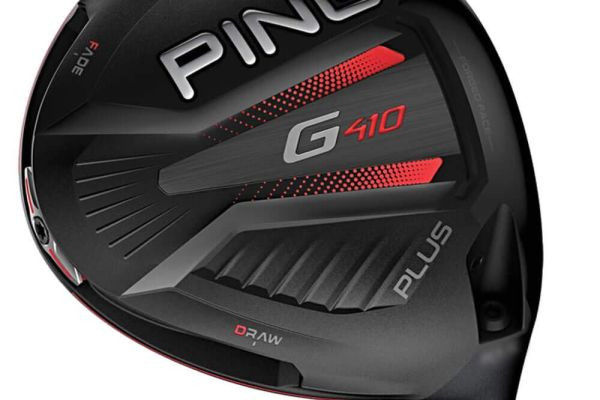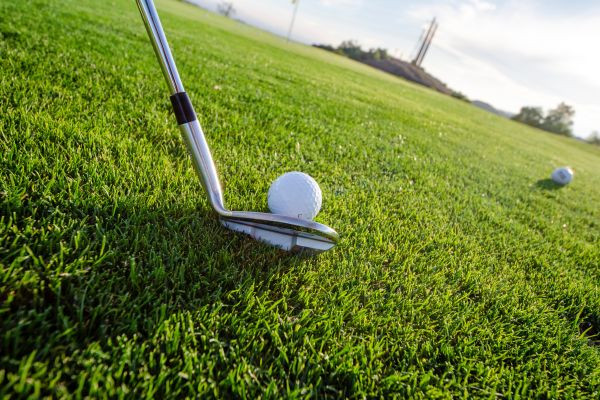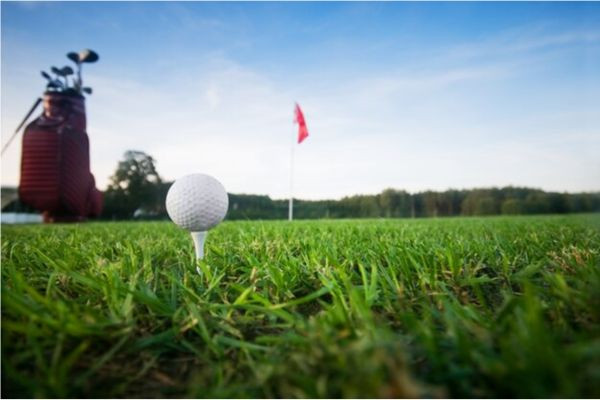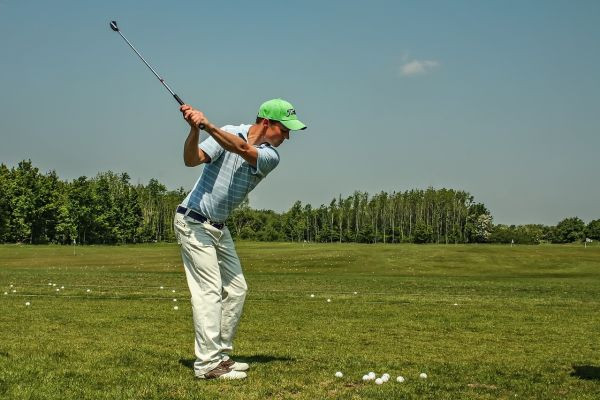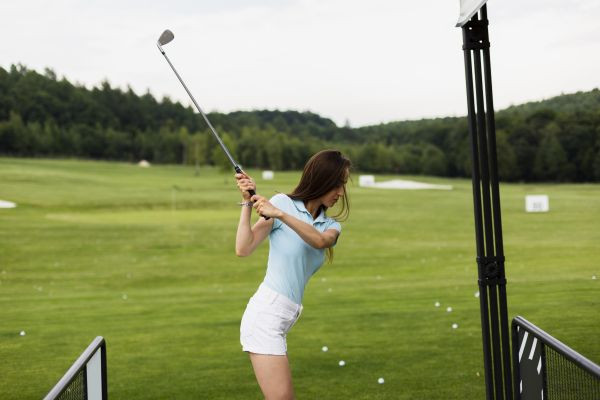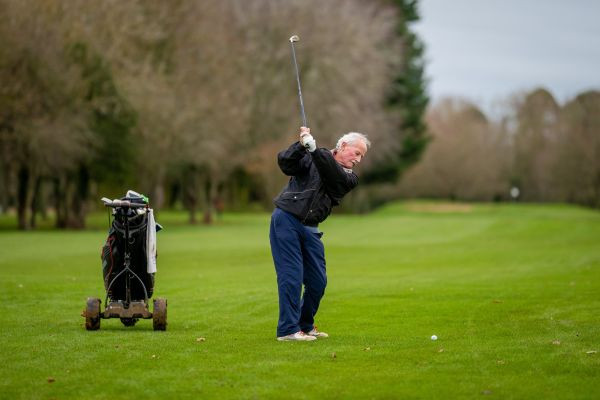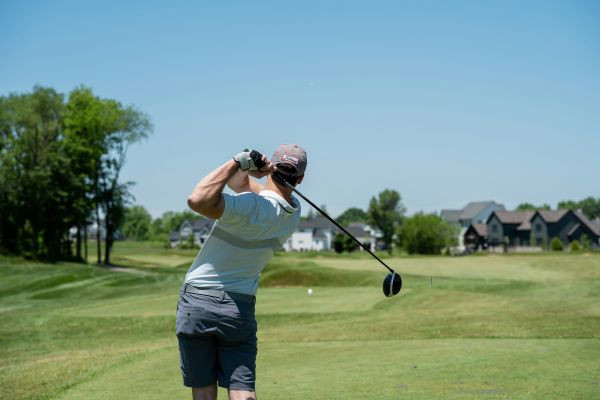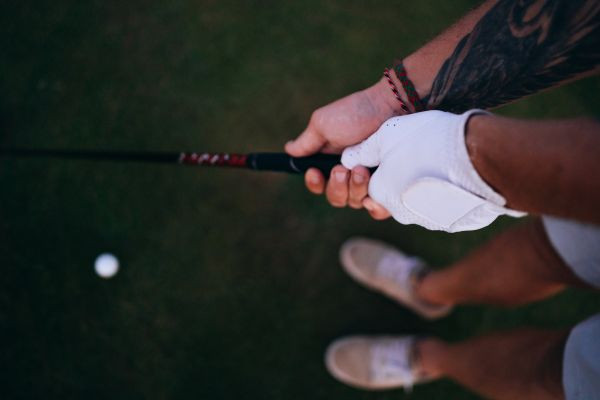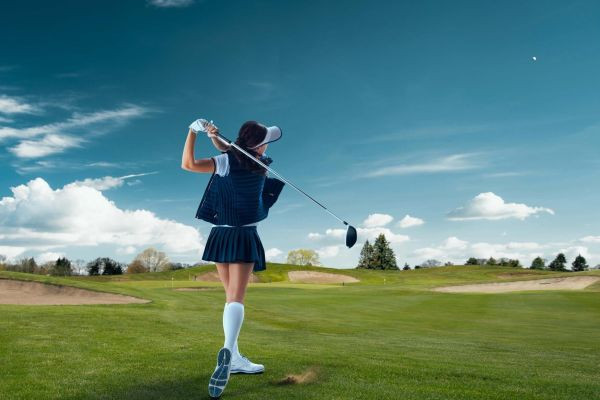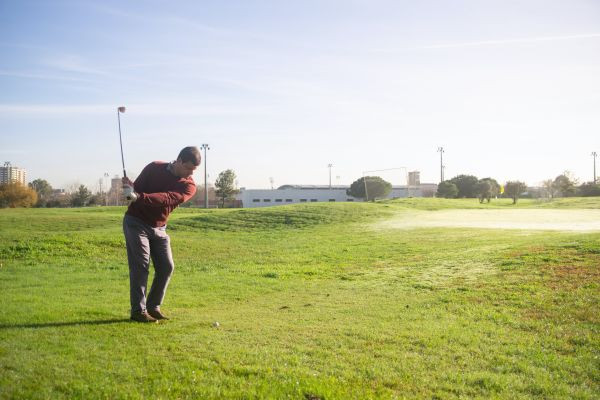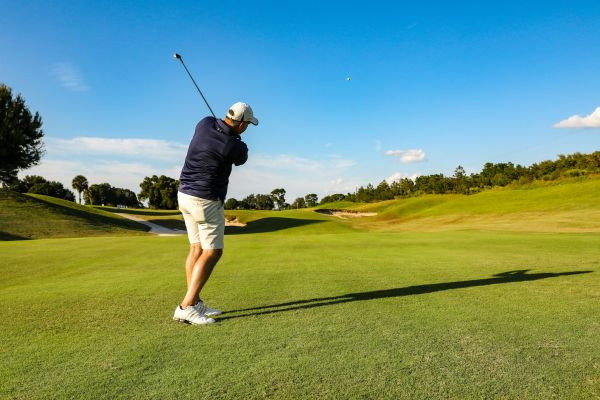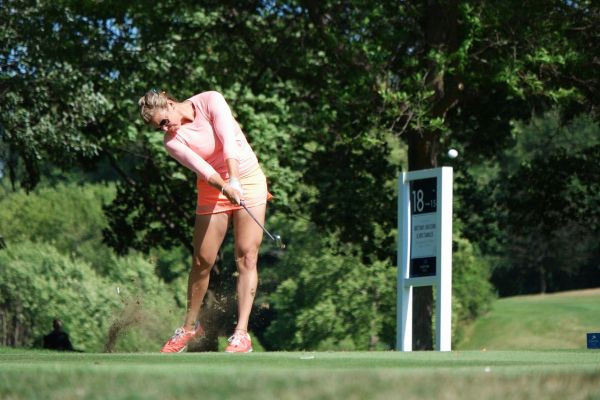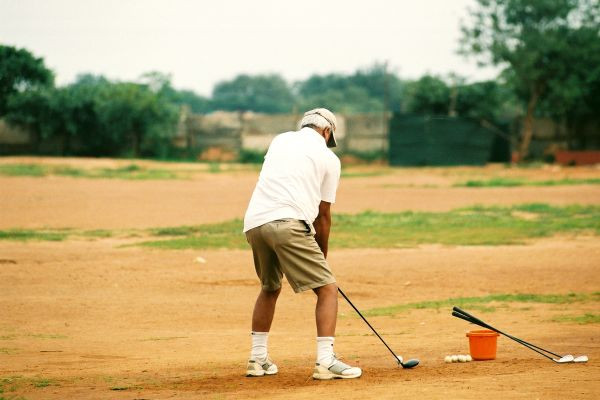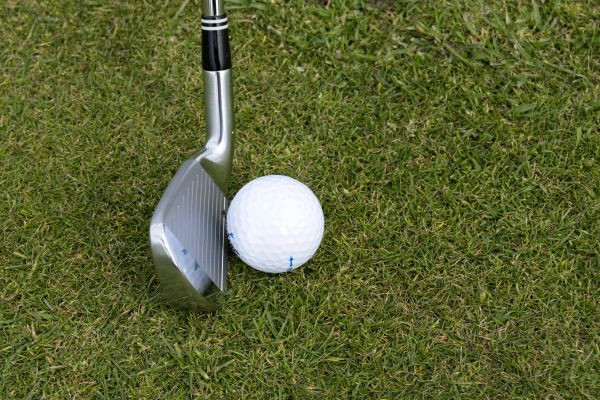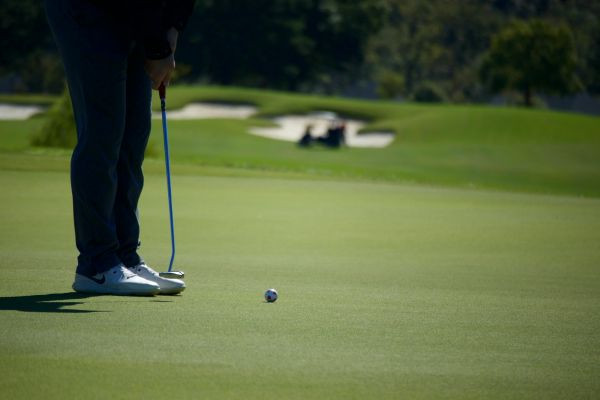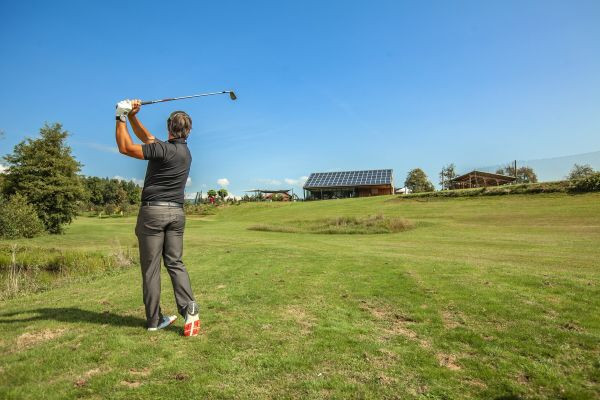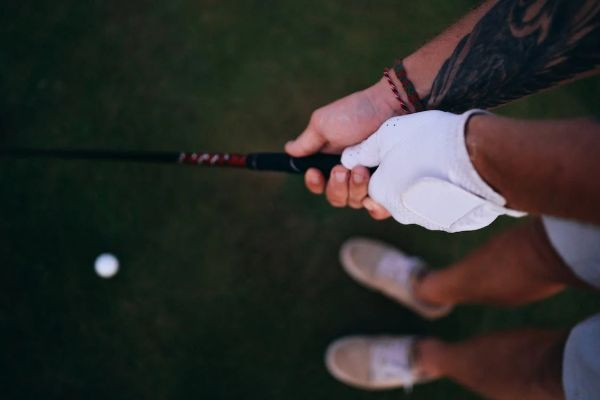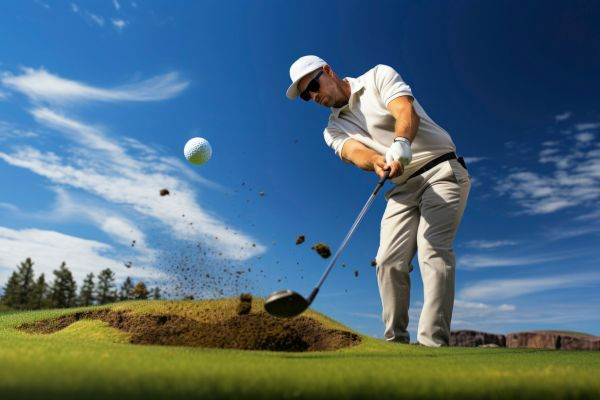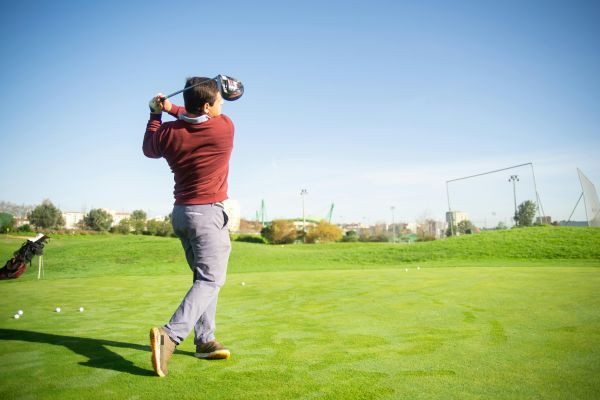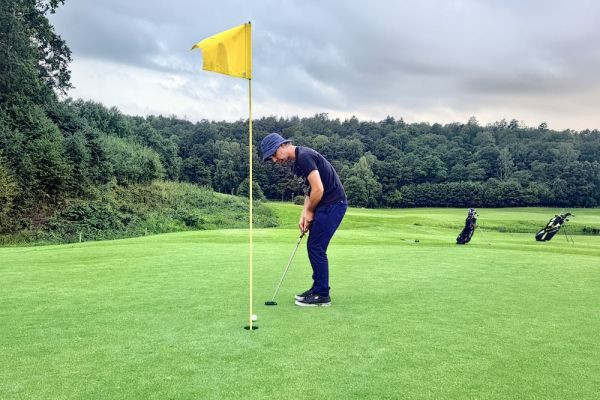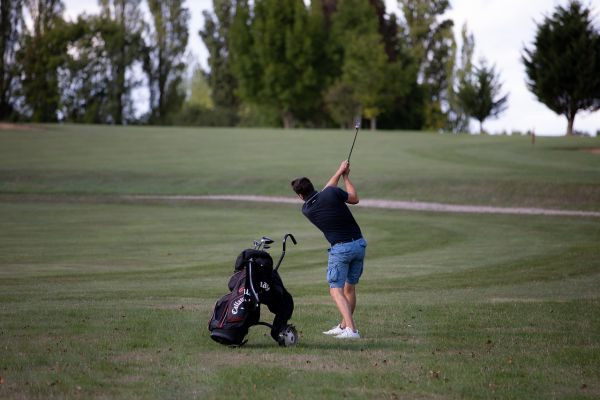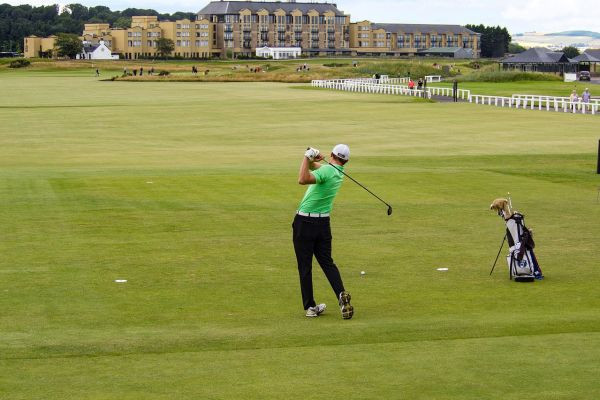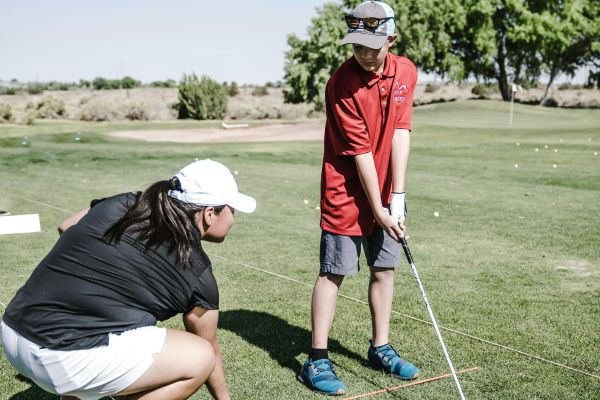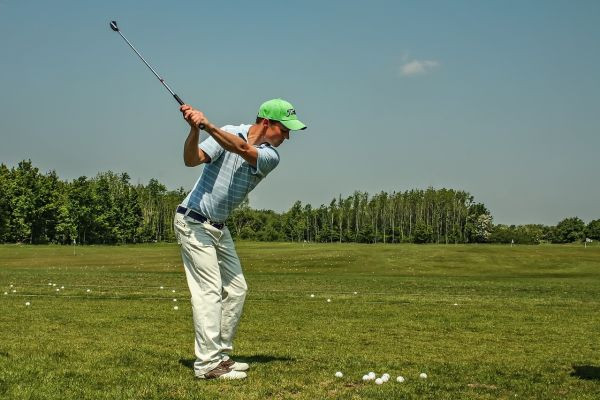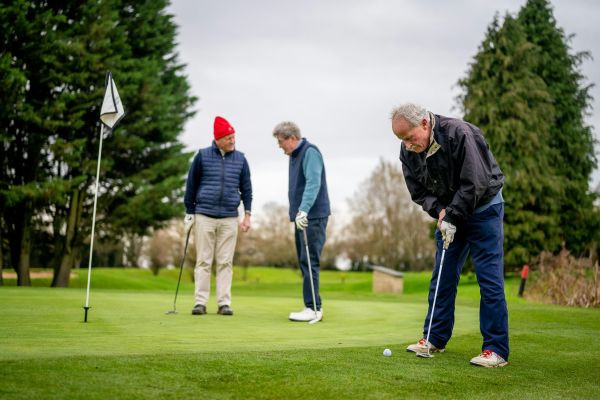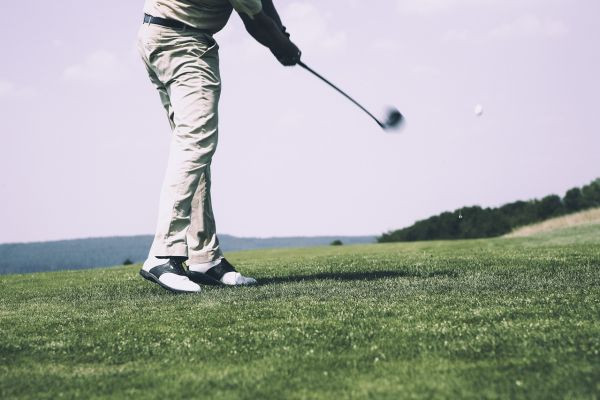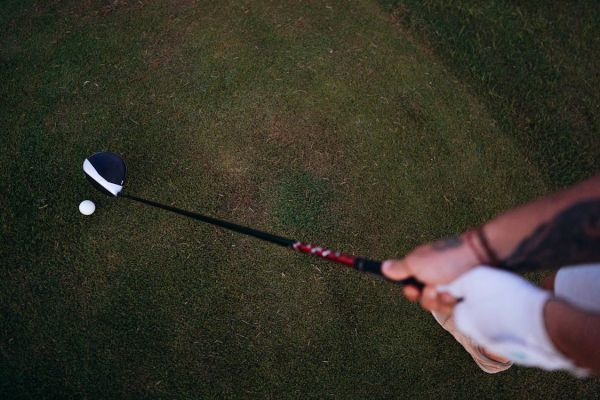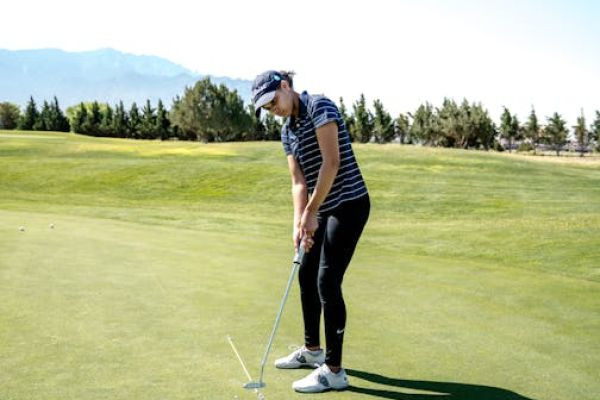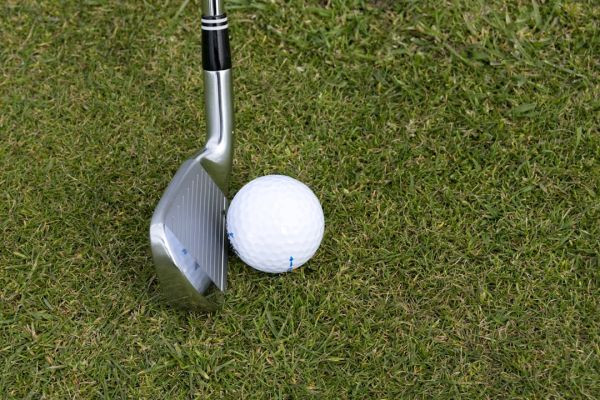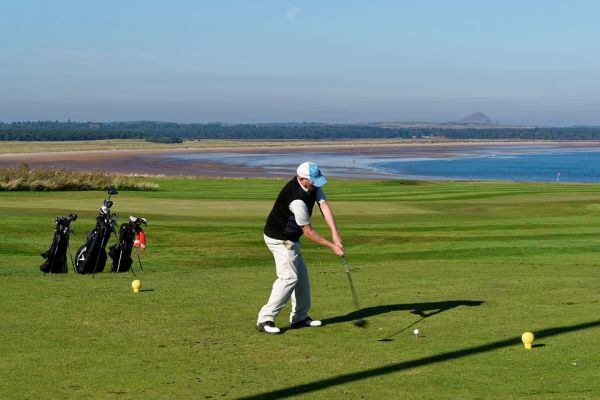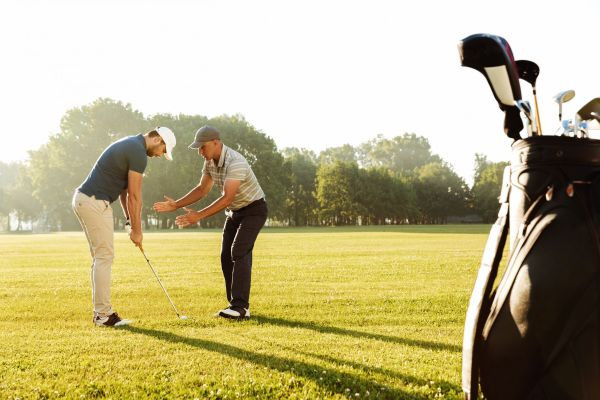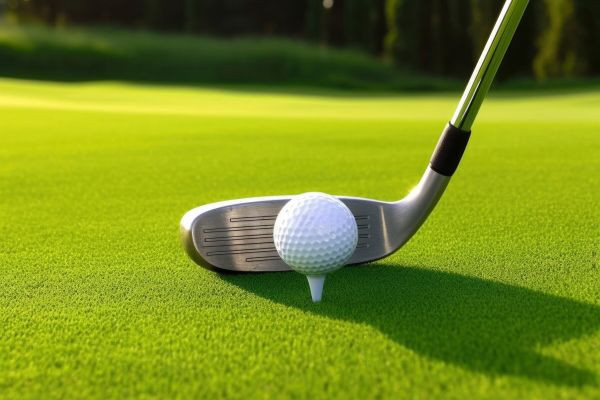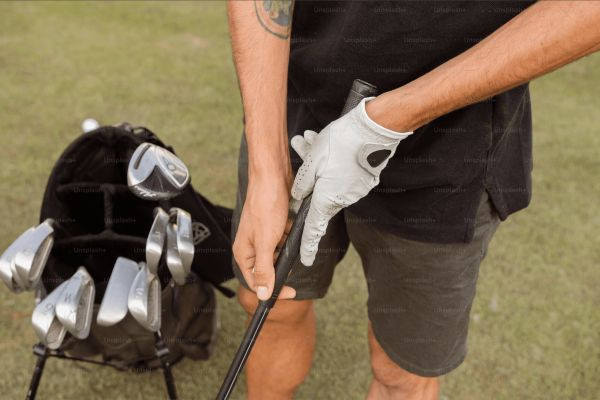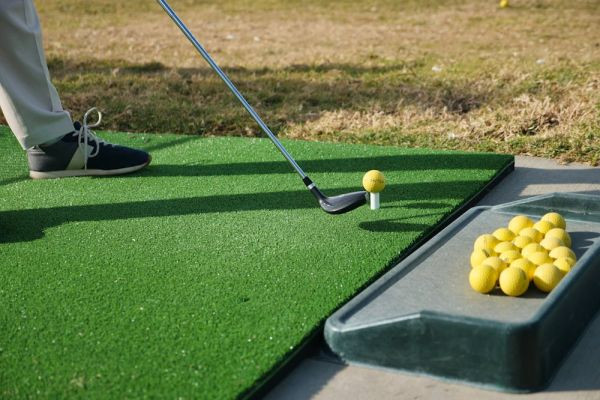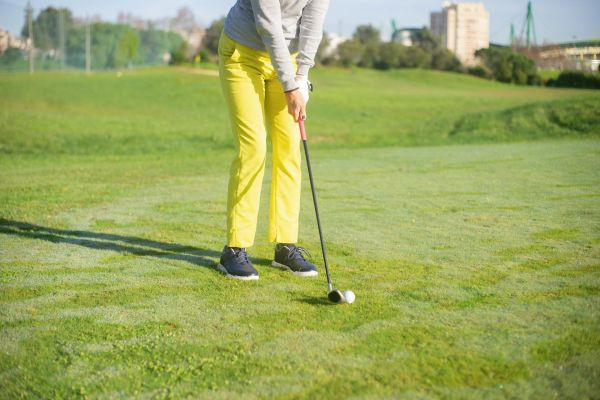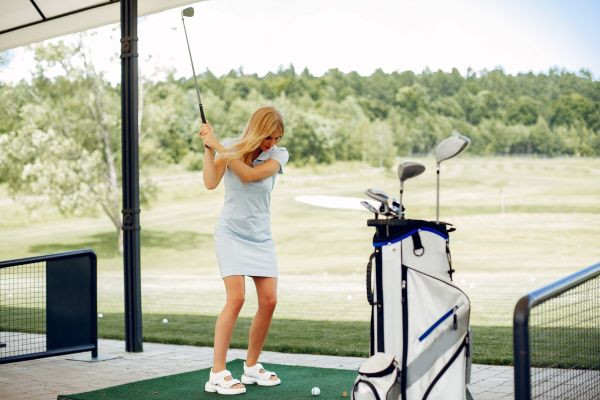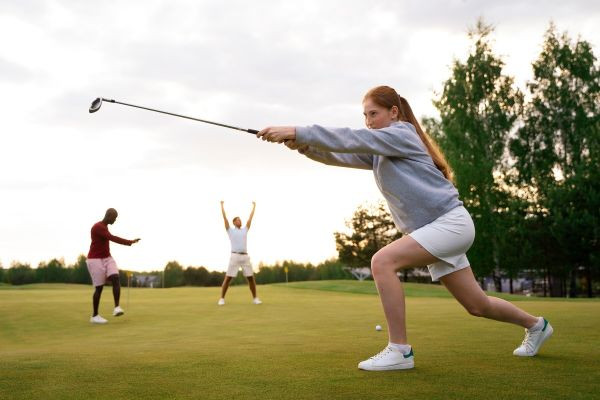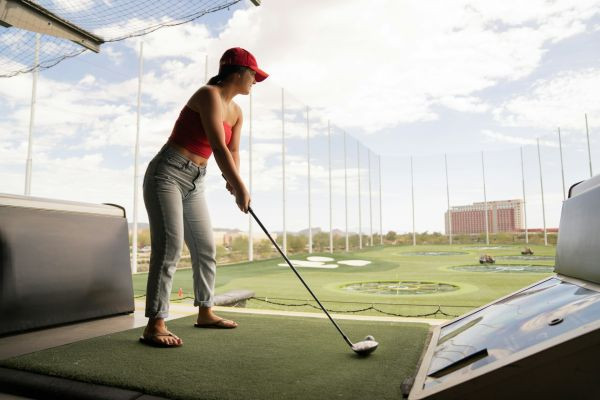Boost Your Golf Swing Speed and Stability with Effective Hip Turn Techniques
If you're keen on upping your golf game, getting the hang of your swing mechanics is a must. A super important part of that swing? Your hips! Yup, how you rotate your hips is key for both zipping your..
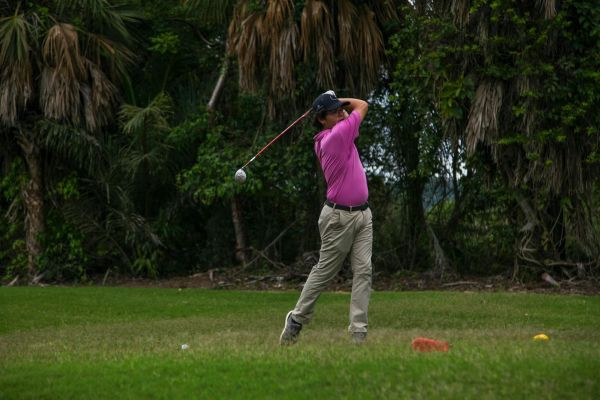
If you're keen on upping your golf game, getting the hang of your swing mechanics is a must. A super important part of that swing? Your hips! Yup, how you rotate your hips is key for both zipping your shots across the course and keeping your swings nice and steady. This article is going to break down some secret moves and tweaks to help you get more speed and stability by nailing your hip turn.
What is Hip Rotation?
So let's talk about what hip rotation is all about. When we swing in golf it's not just our arms doing the work; our hips are actually the powerhouse behind the swing. They help us whip the club through the air fast enough to make the ball fly far and true. Plus good hip action keeps our body balanced and in control from the wind-up to the follow-through.
Anatomy of Hip Turn
In the game of golf hips aren't just for showing off fancy pants—they're central to blasting the ball and keeping you stable while you do it. The main players in the hip turn crew are the muscles like the gluteus maximus hip flexors and all those core muscles wrapped around your midsection.
Think of your hips as the engine in a car. The gluteus maximus—that's your biggest butt muscle by the way—is like the motor that powers the wheels (your legs and golf club). It gets you revved up and pushes your swing through.
Then you've got your hip flexors which are the gears that help you control how fast and how strong you're swinging. And let’s not forget your core. These muscles are like the car's frame that keeps everything stable as you move. They ensure that when you twist and turn everything moves smoothly and you don’t lose balance or swing off-course.
Together these muscles coordinate so that when you twist your hips you're not just spinning around. You're actually creating a powerful motion that starts from the ground up letting you swing your club faster and strike the ball harder without tumbling over. That's the secret sauce to hitting it further and making your shots look effortless. So getting these muscles to work together well is the key to a killer swing.
Benefits of Effective Hip Turn
Increased Swing Speed
So why do you want to get good at turning your hips during your golf swing? Well for starters it's all about speed. When you nail that hip turn you're actually tapping into the powerhouse of your lower body. This means you can whip your club through the air way faster.
Here's the deal: when you twist your hips just right during a swing you're setting yourself up for a killer backswing. You're pulling back more which means you can swing forward with more oomph. And when you're coming down towards the ball that hip twist helps you throw even more energy into your swing. So not only do you hit the ball harder but it flies off faster too.
Enhanced Stability
Now onto stability. When you swing a golf club it's not just about hitting the ball hard. You've got to keep your entire body under control. That's where a solid hip rotation comes into play. By turning your hips the right way you help keep your body balanced.
When you rotate your hips during a swing it helps spread your weight around evenly. This means you're less likely to lean too far forward backward or to the sides. If you don’t rotate your hips enough you might end up swaying or sliding around which can mess up your swing big time. But get that hip turn right and you’ll find yourself standing more stable through your whole swing from the moment you set up to when you follow through. This stability is key for hitting your shots consistently well shot after shot.
Important Techniques to Improve Hip Rotation
The Setup Position
Okay let's start with how you set up before swinging. Getting this right is very important if you want to rock that hip rotation. You need your feet planted just right—wide enough so you're stable and won’t topple over but not so wide that you can't turn your hips freely. Angle your feet slightly outwards; this isn’t just for comfort—it actually helps your hips rotate more naturally when you swing. Think of it like setting up the base of a swivel chair so it can turn smoothly.
The Backswing
Moving on to the backswing, this is where the hip action really starts. For right-handed golfers, you'll want to turn your hips a bit to the right. This shouldn’t feel like you're forcing it; it should feel pretty relaxed. Remember to keep your knees a bit bent. This isn't just to make you look pro—it helps keep the turn smooth and stops you from losing your balance.
Imagine your hips are gently guiding the movement, setting up the momentum that your arms and club will follow. This hip turn isn’t just about moving sideways; it’s more about making a slight rotational twist to load up the power like pulling back a spring.
The Downswing
Now for the downswing, which is where all that power you've built up gets unleashed. Start by leading with your hips, not your hands. As you begin the downswing, let your hips move forward and turn towards the target. This move, called the 'hip lead,' is crucial because it helps create a lot of torque—kind of like twisting the cap off a bottle. This torque is what flings your club head through at high speed, smashing into the ball.
Make sure your hips start the action and your upper body follows. This sequence is key to a powerful and controlled swing. It's like your hips are telling the rest of your body, "Follow me and let’s hit this ball hard!"
Drills for Hip Rotation
One very helpful drill to get your hips into the game is what I call the "Chair Drill." Here’s how you do it: place a chair just outside your right hip (again, for the righties out there). When you set up to swing, position yourself so when you do your backswing, your right hip just gently nudges the chair.
This drill is awesome because it gives you immediate feedback on your hip movement. If you smack the chair too hard, you’re probably swaying too much. But a gentle bump? That’s your golden ticket. It means you're turning your hips just right—not sliding them. Practicing this will help you feel the difference between a sway and a proper hip turn, keeping your swing powerful and controlled.
Common Mistakes and Corrections
When you're working on your golf swing, especially trying to get that hip rotation down, it's super easy to make a few slip-ups. Here's the lowdown on the most common ones and how to fix them.
Over-Rotating
First up, over-rotating. Yeah, we keep saying "rotate your hips," but there's such a thing as too much rotation. When you overdo it, it's like spinning out in a car—things can get out of control fast. You might find yourself swinging the club way off the intended path because your body's turned too much.
If this sounds like you, here's a quick fix: tighten up your core. Your core muscles are kind of like your body's stabilizers. By engaging them, you keep your upper body more controlled while your hips do their thing. Just imagine trying to keep your belly button pulled back toward your spine. This doesn't mean sucking in your stomach but more like bracing yourself as if you're about to be tickled. Keeping your core tight helps prevent your body from turning too far and keeps your swing on track.
Under-Rotating
Now, let's talk about under-rotating. This one's tricky because it's less about doing too much and more about not doing enough. When you don't rotate your hips enough, you don't get that natural, powerful momentum you need for a solid hit. Instead, you might end up using just your arms to swing the club, which is a lot like trying to throw a ball really far using only your wrist—there's just not enough oomph there.
To kick this problem, you've got to get those hips moving. A great way to practice is the "Hip Bump Drill." Here’s how it works: as you start your downswing, focus on bumping your hips toward the target. This doesn't mean throwing your whole body forward. Instead, it's more about a slight shift forward with your hips to get them rotating. This move helps kickstart the hip rotation that's crucial for a powerful swing.
These drills are all about making small adjustments to get big results. Remember, the goal isn't just to move your hips but to move them just right to power up your swing and keep your game strong and steady.
Advanced Tips for Seasoned Golfers
When you've been playing golf for a while, you probably feel pretty confident about your basic swing. But there's always room to level up, especially when it comes to refining how your body moves. For those of you looking to really enhance your game, integrating your hip rotation with the rest of your swing can be a game-changer.
Integrating Hip Turn with Overall Technique
So, what does this actually mean? Well, it's all about making sure that the movement of your hips is in perfect harmony with your shoulders. When you start your swing, your shoulders begin to turn and your hips should follow suit, not the other way around. It’s like they're dancing together and you need to make sure they're in sync to hit that perfect rhythm.
Think about it this way: as you pull back in your backswing, make sure your shoulders and hips are turning together. This unity helps build up tension in your muscles—kind of like coiling a spring. Then, when you swing forward, that tension releases, sending much more power to your club, which translates into both speed and accuracy in your shot. It’s not just about swinging harder; it’s about swinging smarter.
Equipment That Can Help
Alright, you're working on your swing, you've got the moves down but maybe you need a little extra help to make those hip turns sharper. That's where some cool golf gadgets come into play.
Training Aids
There's a bunch of training aids out there that can really help emphasize and improve your hip rotation. Swing trainers, for instance, are very useful. They often come with visual or tactile feedback systems to let you know if you’re moving correctly. This means you can adjust on the fly and really perfect that motion.
Another great tool is resistance bands. These can be used in various ways to strengthen the muscles you rely on for a powerful hip turn. You can wrap them around your waist or shoulders and as you practice your swing, they provide resistance. This makes your muscles work harder, which can help increase both your hip mobility and strength.
Using these tools isn’t just about making practice harder; it’s about making practice count. The resistance and feedback these aids provide can help engrain the right movements into your muscle memory. That way, when you’re out on the course, those movements become second nature and your swing feels effortlessly more powerful and precise.
Conclusion
Alright wrapping things up here getting the hang of hip rotation really is a bit of a journey. But believe me once you get it down you'll see some pretty awesome changes in your golf swing. It's all about power and stability—two things that can seriously up your game. By diving into the mechanics, putting in the practice time and maybe using some handy tools you’ll see a big boost in how you perform out there on the course.
Frequently Asked Questions (FAQ)
How often should I practice hip rotation drills?
It’s a good idea to practice your hip rotation drills a few times a week. Consistency is key here. You don’t need to go overboard—just regular practice sessions that focus on the quality of your movements can really help make these new skills stick.
Can too much hip rotation affect my swing negatively?
Yes it definitely can. Like anything, too much of a good thing isn't always better. Over-rotating can throw off your balance and mess with the accuracy of your swing. Keep it balanced—enough rotation to power your swing but not so much that it throws everything else off.
What are the best exercises to strengthen my hip muscles for golf?
Exercises like squats lunges and deadlifts are fantastic for building strength in your hip muscles. Also try adding some specific core exercises like planks and Russian twists which help improve your rotational strength and overall stability.
How can I tell if I'm rotating my hips correctly during the swing?
One of the best ways is to video your swing. This lets you see exactly what your hips are doing. You can also work with a coach who can give you instant feedback or use a mirror to check your hip movement as you practice.
How does hip rotation impact driving distance?
Hip rotation plays a huge role in driving distance. The more effectively you rotate your hips the more power you can generate through your swing leading to longer drives. It's all about using the ground for leverage to power up your swing.


